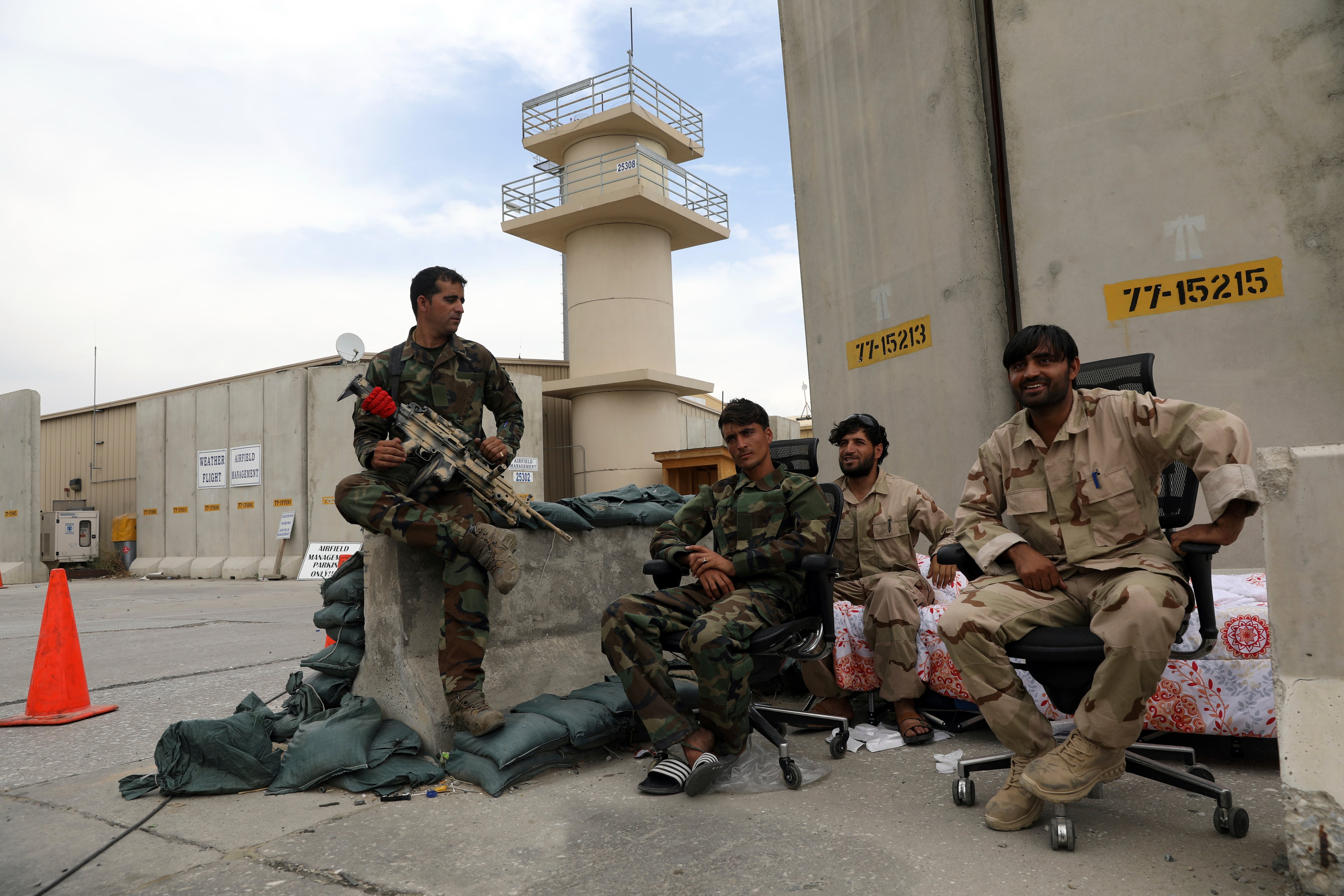On Sunday, the Taliban officially took over the government of Afghanistan, the final nail in the coffin after 20 years of nation building by the U.S. and its allies. The next day, the Pentagon’s independent inspector general for Afghanistan reconstruction issued his final report, with the details of how it all went wrong.
Simply put, according to the report, the U.S. tried to create a country nearly from whole cloth and in its own image, underestimating how long that would take, and continuously reinventing what success looked like when the reconstruction failed to meet the most recent metric.
“The U.S. government also clumsily forced Western technocratic models onto Afghan economic institutions; trained security forces in advanced weapon systems they could not understand, much less maintain; imposed formal rule of law on a country that addressed 80 to 90 percent of its disputes through informal means; and often struggled to understand or mitigate the cultural and social barriers to supporting women and girls,” according to the SIGAR.
The 140-page report boils the issues down to seven points:
- “The U.S. government continuously struggled to develop and implement a coherent strategy for what it hoped to achieve.”
- “The U.S. government consistently underestimated the amount of time required to rebuild Afghanistan and created unrealistic timelines and expectations that prioritized spending quickly. These choices increased corruption and reduced the effectiveness of programs.”
- “Many of the institutions and infrastructure projects the United States built were not sustainable.”
- “Counterproductive civilian and military personnel policies and practices thwarted the effort.”
- “Persistent insecurity severely undermined reconstruction efforts.”
- “The U.S. government did not understand the Afghan context and therefore failed to tailor its efforts accordingly.”
- “U.S. government agencies rarely conducted sufficient monitoring and evaluation to understand the impact of their efforts.”
All told, 2,443 U.S. service members were killed and 20,666 were injured, in addition to 66,000 Afghan troop deaths and 48,000 Afghan civilian deaths, according to the report.
The bill totaled $145 billion spent on building military and government organizations, with another $837 billion on fighting insurgencies.
“The extraordinary costs were meant to serve a purpose — though the definition of that purpose evolved over time,” according to the report. “At various points, the U.S. government hoped to eliminate al-Qaeda, decimate the Taliban movement that hosted it, deny all terrorist groups a safe haven in Afghanistan, build Afghan security forces so they could deny terrorists a safe haven in the future, and help the civilian government become legitimate and capable enough to win the trust of Afghans.”
While progress was made, there was little faith that they could sustain without a U.S. presence.
A decade ago, the prevailing wisdom was that the invasion and subsequent counterinsurgency effort in Iraq had poached both resources and political will from Afghanistan. A surge early in the Obama administration was meant to rectify it.
“U.S. officials believed the solution to insecurity was pouring ever more resources into Afghan institutions — but the absence of progress after the surge of civilian and military assistance between 2009 and 2011 made it clear that the fundamental problems were unlikely to be addressed by changing resource levels,” according to the report.
It’s been said that the Afghanistan war wasn’t a 20-year conflict, but a one-year conflict fought 20 times. SIGAR uses the same framing for the reconstruction effort.
RELATED

“U.S. officials often underestimated the time and resources needed to rebuild Afghanistan, leading to short-term solutions like the surge of troops, money, and resources from 2009–2011,” the report reads. “U.S. officials also prioritized their own political preferences for what they wanted reconstruction to look like, rather than what they could realistically achieve, given the constraints and conditions on the ground.”
Then there was the nature of overseas assignments. New teams constantly rotated in and out, without much continuity.
“U.S. personnel in Afghanistan were often unqualified and poorly trained, and those who were qualified were difficult to retain,” according to the report. “DoD police advisors watched American TV shows to learn about policing, civil affairs teams were mass-produced via PowerPoint presentations, and every agency experienced annual lobotomies as staff constantly rotated out, leaving successors to start from scratch and make similar mistakes all over again.”
The report draws major parallels with the war in Vietnam, as a similar effort to tamp down an insurgency and train up local forces to sustain their own fight.
“Don’t believe what you’re told by the generals or the ambassadors or people in the administration saying we’re never going to do this again,” John Sopko, head of the SIGAR office, told reporters in July. “That’s exactly what we said after Vietnam: we’re never going to do this again. Lo and behold, we did Iraq. And we did Afghanistan. We will do this again.”
Despite the poor track record, the report encourages the U.S. to prepare for the inevitability that it will try something like this again.
“U.S. agencies should continue to explore how they can ensure they have the strategic planning capabilities, reconstruction doctrine, policies, best practices, standard operating procedures, institutional knowledge, and personnel structures necessary for both large and small reconstruction missions,” the report concludes.
Meghann Myers is the Pentagon bureau chief at Military Times. She covers operations, policy, personnel, leadership and other issues affecting service members.





